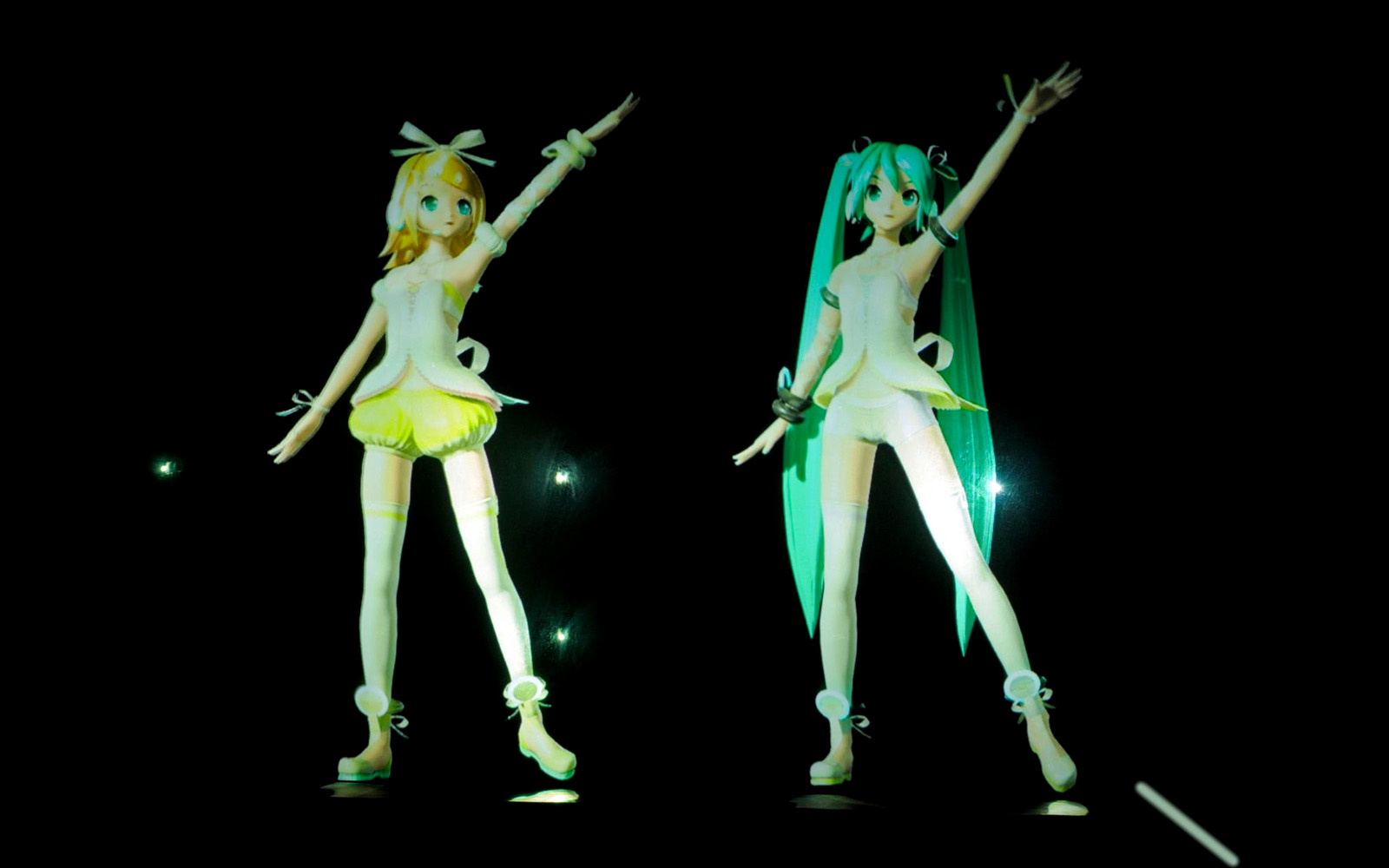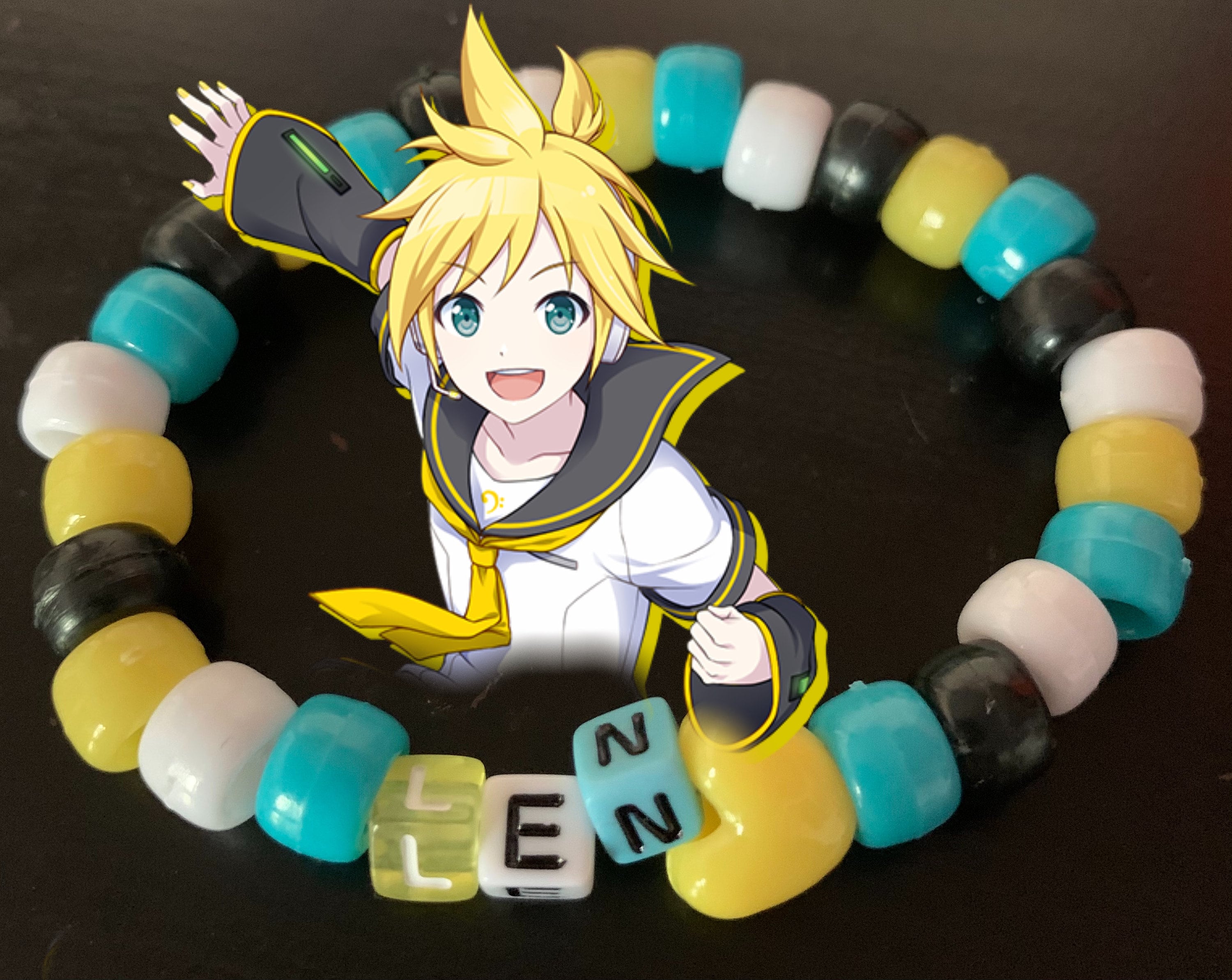
- #Promise∞ring vocaloid vsq how to
- #Promise∞ring vocaloid vsq series
- #Promise∞ring vocaloid vsq windows


Note# The number of the specific note.IconHandle A handle to another section that provides more information on the current singer.Currently known Types and their respective properties are listed below. The properties differ depending on the value of the Type property. The ID#XXXX sections contain information about a particular VOCALOID2-specific command. Each property in the EventList section is a number that corresponds to the time at which to issue the event, and is assigned a value of ID#XXXX where XXXX is a four-digit, zero-based index of an event group described in the following section. They outline the Vocaloid-specific commands that are being sent. The EventList section, and the following ID# sections, are the most important parts of the VSQ file. Set to 1 if all tracks (except this and other tracks that have Solo# set to 1) should be muted. The # is the zero-based index of the track on which to apply the panning. Mute# Individual track muting, although this has not been tested.Panpot# Individual track panning (or "balance" between the left and right channel in a stereo audio track).Tracks The number of tracks contained in this sequence.MasterMute Presumably, a feature to mute the entire track, although this has not been tested.MasterPanpot The amount of panning (or "balance" between the left and right channel in a stereo audio track) to apply to the master track.The properties seen in this section include: The Mixer section contains information about the synthesizer mixer and its attributes. The Master section has only been known to contain one property, and as of this writing its purpose is unknown. Color The background color of the track button.Name The name of the track, displayed at the bottom of the VOCALOID2 editor.Version The version number of the synthesis engine.The Common section contains information about the application and synthesis engine used. Please contribute to this article if you have the time, expertise, and desire to research this valuable information! Therefore, some properties might not even have a description if their purpose is unknown. Note that this is not an exhaustive list these sections and properties have been documented only by pure observation in a hex editor and so far there is no known "official" documentation for this format. This article will attempt to document the INI sections and properties that are used in the VOCALOID2 VSQ file format. This format was replaced by VOCALOID3's VSQX file format, which can save more data and VOCALOID3-engine-specific details.

The basic format of INI sections and properties are discussed in the relevant Wikipedia article.
#Promise∞ring vocaloid vsq series
The actual vocal data is stored in the file as a series of MIDI "text" messages that, when concatenated, form an INI document.

The Standard MIDI file format is described in the official specification.
#Promise∞ring vocaloid vsq windows
It is based off the Standard MIDI and Windows INI file formats. The Voice Sequence (.VSQ) file format is the file format used to store musical note and vocal data for the VOCALOID2 software. The following is a tutorial made for VOCALOID fans by fellow VOCALOID fans.
#Promise∞ring vocaloid vsq how to
This is a Vocaloid Wiki Project! A long-term task that may benefit its growth.įor information on how to help, see the guidelines.


 0 kommentar(er)
0 kommentar(er)
